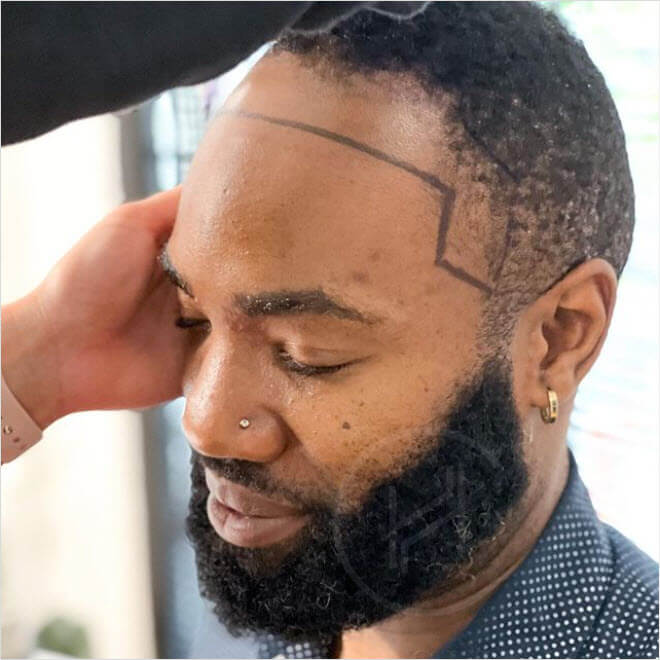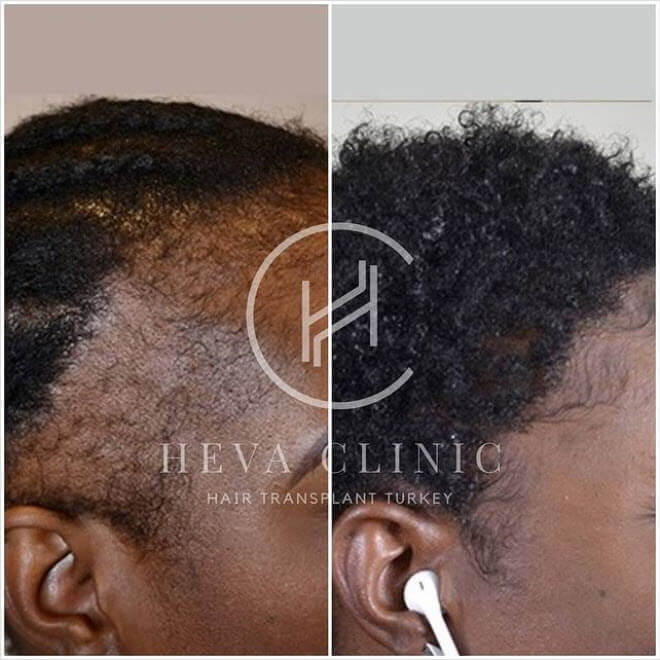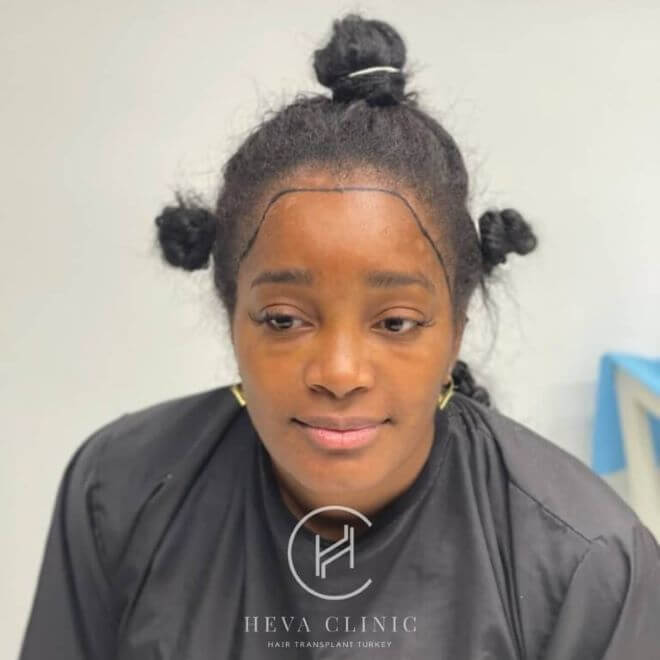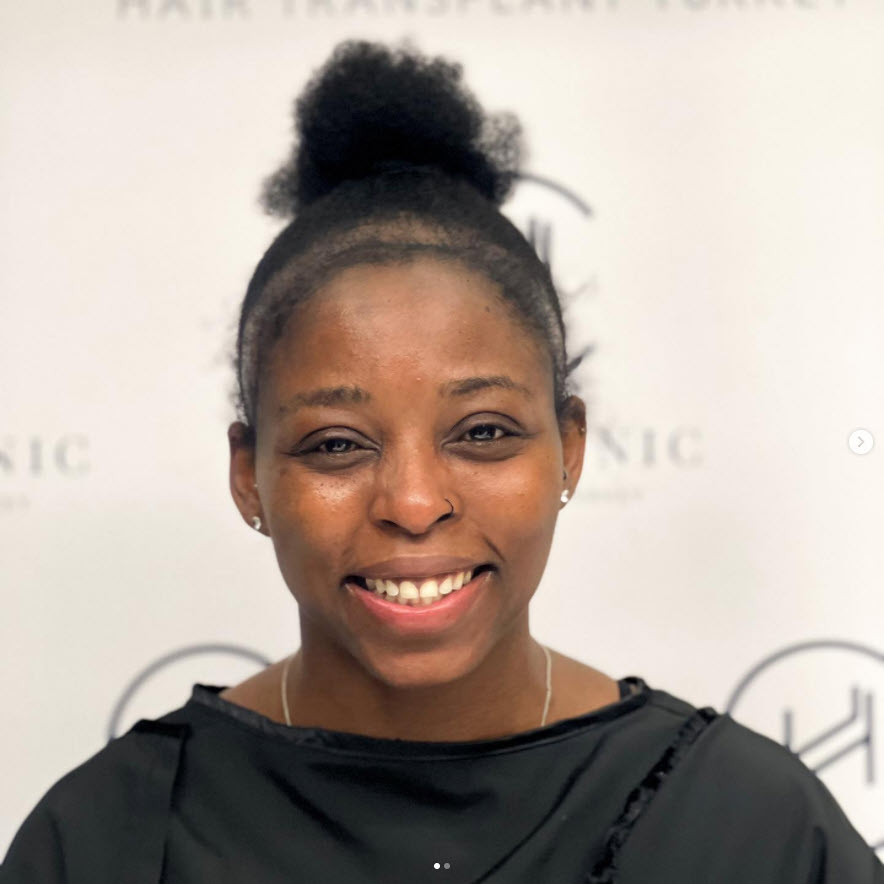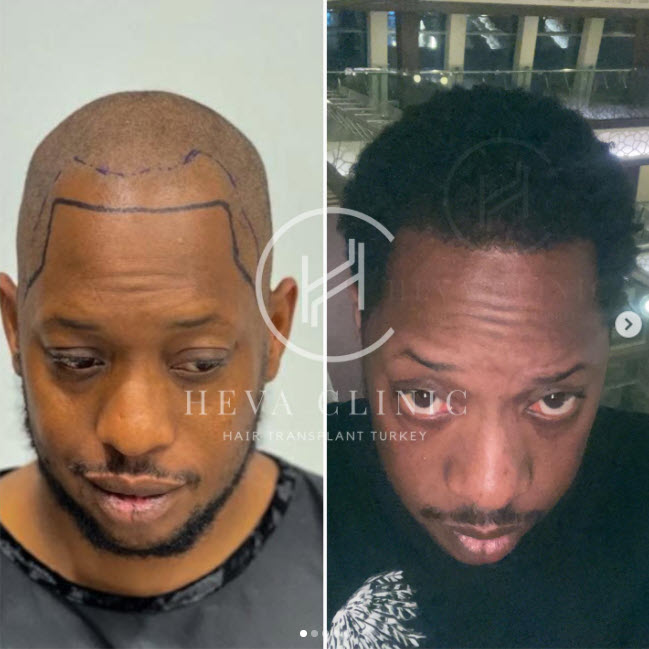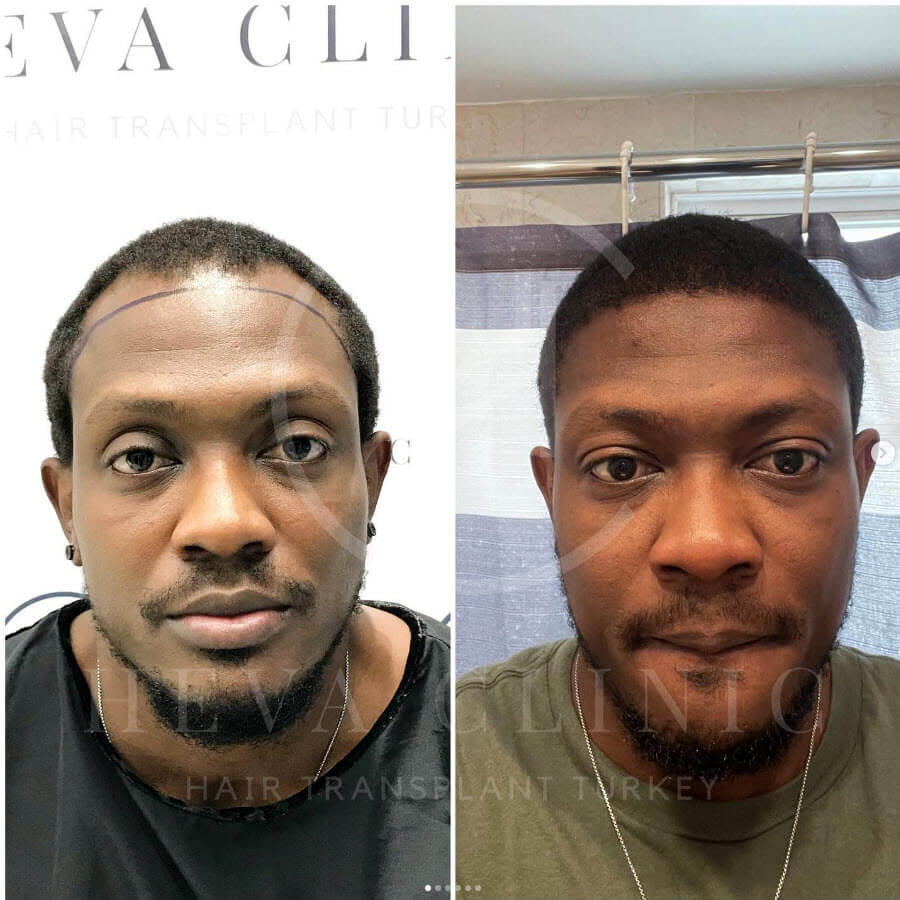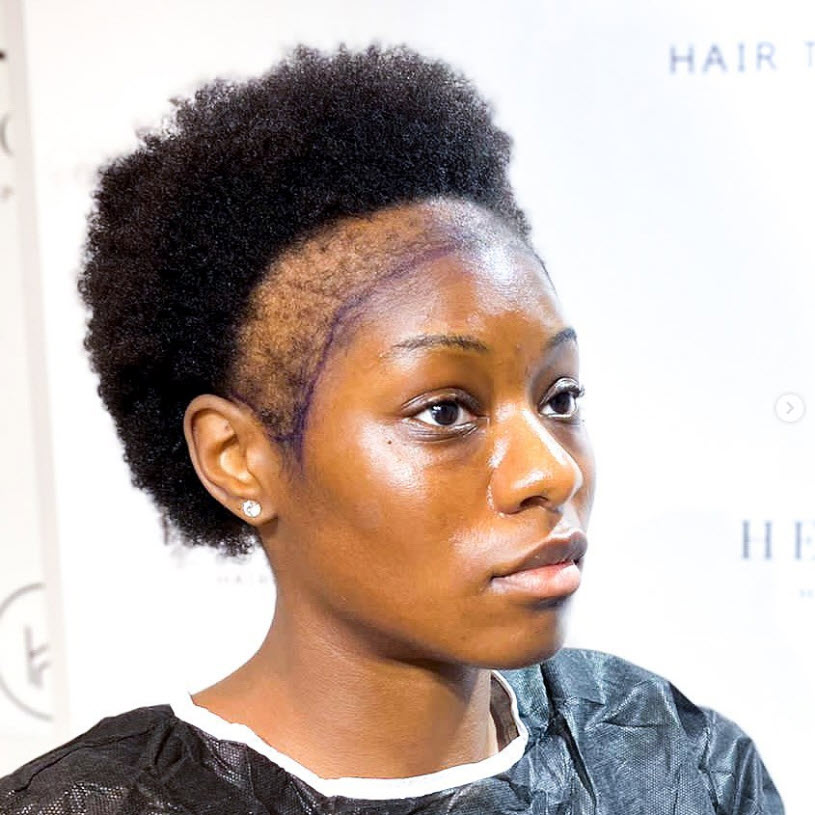Every curl type is unique and type 3 curly hair is one of the most intriguing hair types out there.
It features curls that are illustrious and bouncy in a way that steadily defies gravity. Indeed, many people consider it a true gift. Unfortunately, people don’t realize that those delicious curls are not an “I woke up like this” look.
They require a lot of care and patience, which many people lack because they don’t understand type 3 hair.
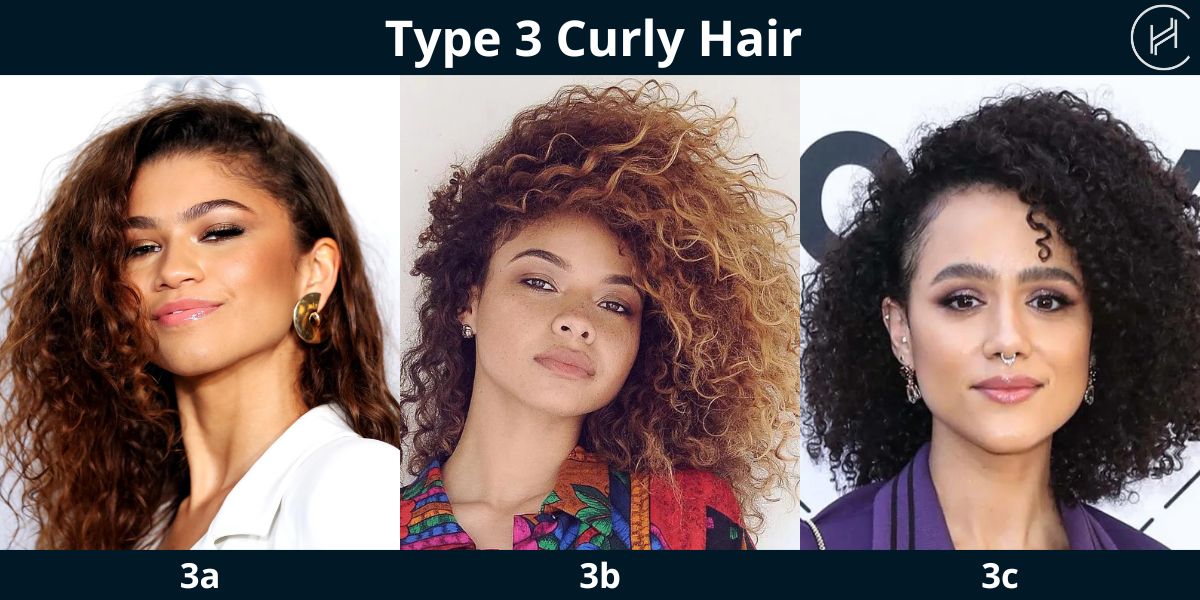
This article gives you a breakdown of all you need to know about hair type 3, making it easy to keep those curls as lustrous and bouncy as ever.
What is Type 3 Hair?
Type 3 hair is a curly hair texture with a definitive ‘s’ pattern. They are also spiral curls, ranging from loose and bouncy loops to tight and springy textures similar to corkscrews. The hair follicles are oval, resulting in each strand’s curl. Type 3 hair also features a thick, coarse, or medium texture, with more volume at the root and length.
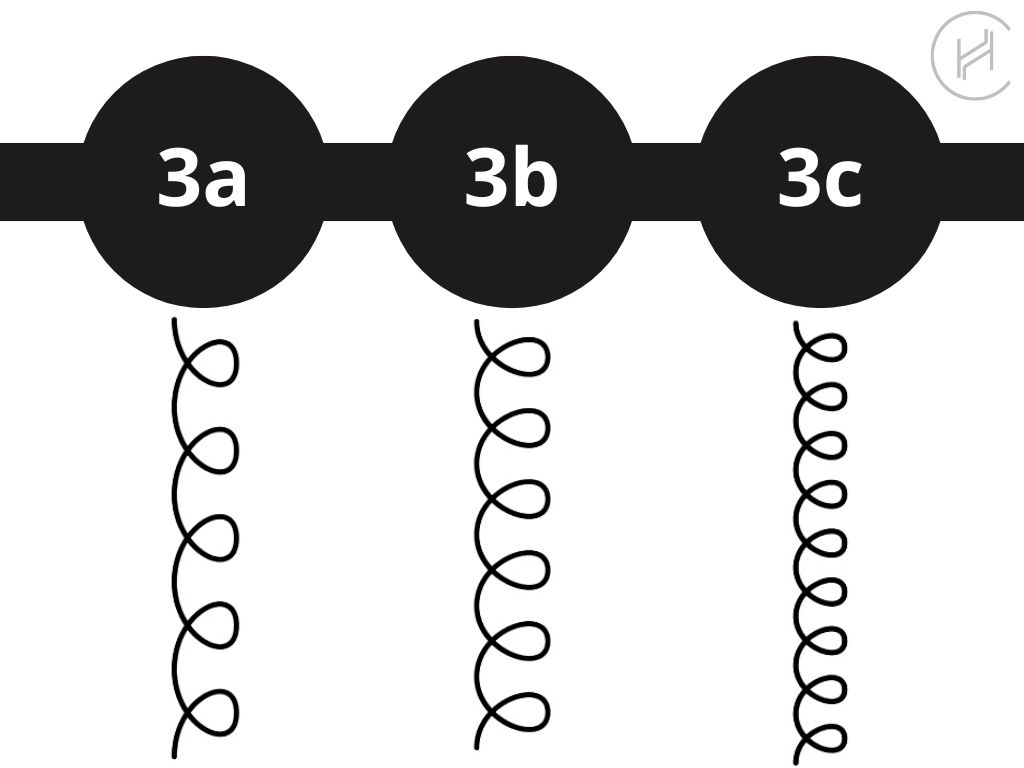
Unlike type 1 and 2 hair, type 3 hair cuticles don’t lay flat and are also not as shiny, making the hair more prone to frizz and breakage. The good thing about this is that you can easily combat these issues with a specialized hair care routine. However, there might be little disparities in your hair care routine, as not everyone with type 3 hair has the same curl pattern. These curl patterns are divided into three main categories: 3a, 3b, and 3c hair types.
These categories largely determine the shrinkage and frizz your hair could experience. It also goes a long way in helping you understand your hair needs better.
Types of Type 3 Hair
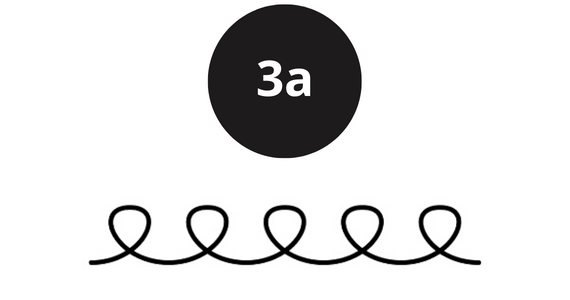
3A Hair Type
Hair type 3a is a category that is majorly characterized by curls with an s-shaped pattern. These curls are looser, larger, and bouncier than other curl types. In fact, each curl is so big that it’s about the circumference of a wine cork. For this reason, many people with type 3a hair mistake it for a wavy 2b or 2c hair.
Type 3a hair holds many admirable features that it’s hard not to love. For one, type 3a curls are loose and easy to manage, making them more suitable for wash-and-go styles. Another beautiful feature is that you don’t need so many hair products to maintain your curls. In fact, putting too many products on your hair can make the hair flat. Finally, you get to deal with less frizz than other types 3 hair categories.
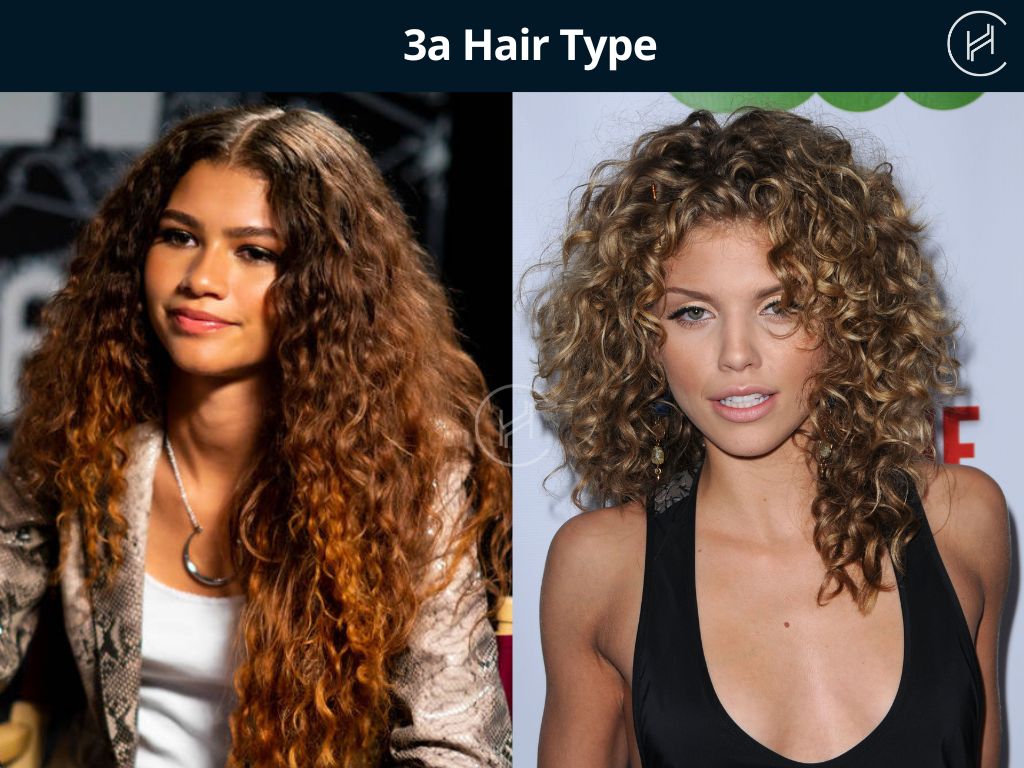
Notwithstanding, type 3a hair still has its downsides. For example, you constantly have to deal with dryness, and your curls could easily go flat. Of course, it’s nothing that a good hair care routine can’t fix. This involves washing your hair with a sulphate-free shampoo every two to three days, air drying your hair, and styling it with lightweight products.
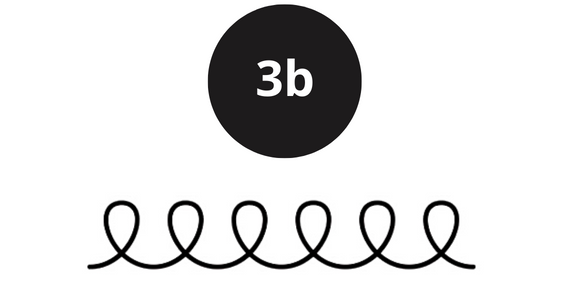
3B Hair Type
Type 3b hair consists of spiral curls that resemble bouncy ringlets. The s-shape of these curls is much smaller, as their circumference is the size of a large marker. However, this isn’t set in stone as type 3b hair can consist of a mixture of textures. For example, a person could have a mix of 3b and 3a curls. This implies that the person would have medium-sized corkscrews and wavy curls simultaneously.
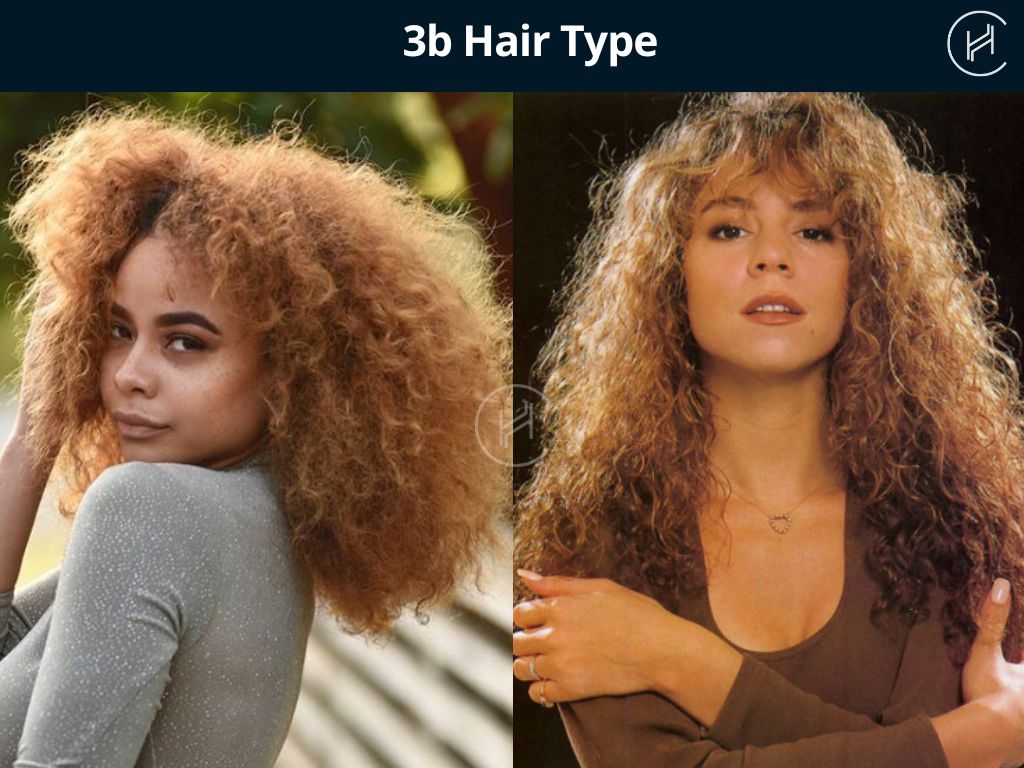
Compared to 3a curls, 3b hair type has thick density, high porosity, and medium thickness. As a result, you might require a lot of moisture to keep your hair nourished and healthy. Sometimes, your hair might need as much moisture as type 4 hair. However, be careful not to overdo it. Putting too many products on your hair can weigh down your curls, so you must focus on finding the right balance. Achieving this can take some time. So, don’t beat yourself up if you haven’t found the right balance for your hair yet. By paying more attention to your hair, you’re sure to find your footing soon.
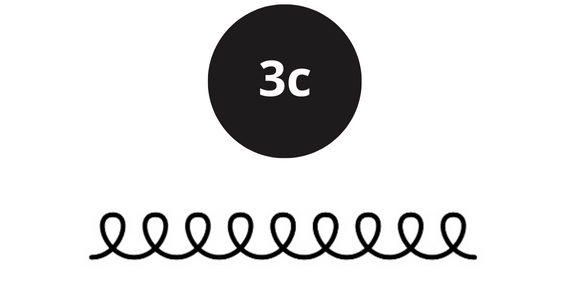
3C Hair Type
With one look at the above progression, it’s easy to guess that type 3c hair is the stiffest and tightest of the three hair categories. It consists of tight springs packed together to give the hair volume and a thicker texture. Therefore, this hair type requires much more moisture and shrinks more than the other two categories. The curls’ shape also makes it difficult for natural oils to travel from the roots to the tips of the hair. This implies that you will have to have a much more detailed and specialized hair care routine to prevent dryness and frizz.
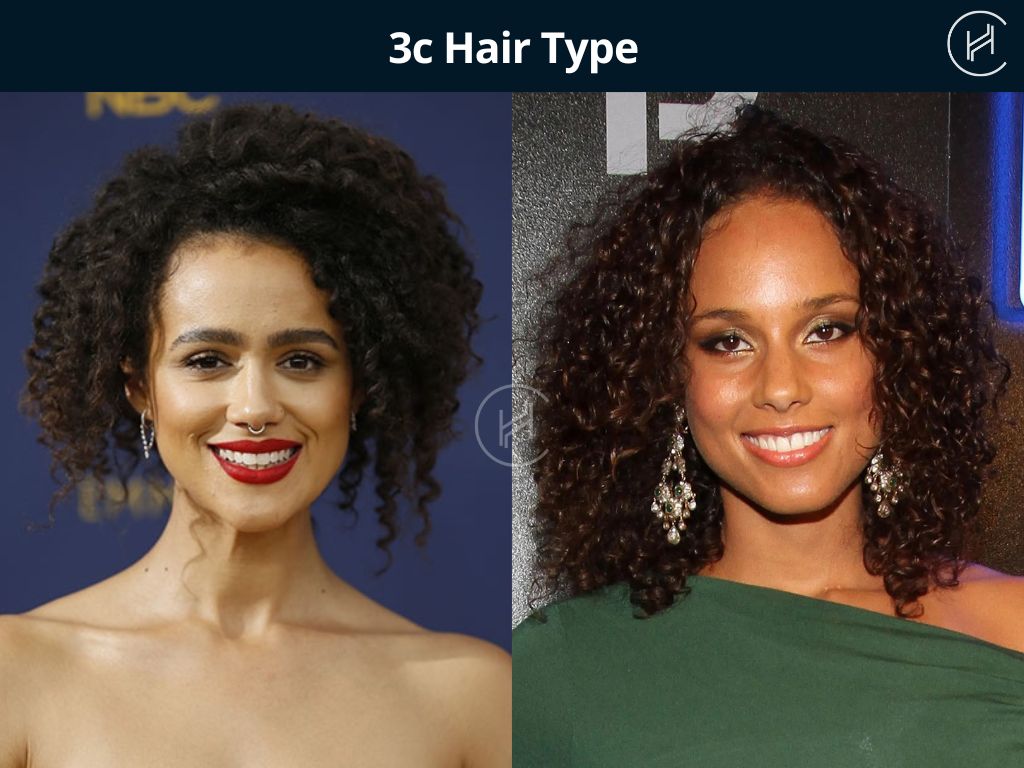
Due to its high maintenance, most people often work against type 3c hair by trying to straighten it out. But this is largely impossible, as chemical treatment is the only way to achieve a curl-free look. So, it’s always better to work with your curls by finding products that help revive your curls and give your hair the moisture it needs.
What are The Main Differences Between Type 3 and Type 4 Hair?
1- Shape
Type 3 and 4 hair have a curly shape. However, the shape of those curls is different. In this instance, type 3 hair consists of corkscrew curls, while type 4 lacks a consistent curl pattern. In addition, type 4 hair is characterized by tight z-shaped coils, while type 3 comprises large s-shaped curls.
2- Shrinkage
Both hair types experience shrinkage. However, type 3 shrinks less than type 4 hair. For instance, people with type 3 hair experience 25-50% shrinkage of their natural hair length. On the other hand, type 4 hair shrinks to about 80% of its original length. That’s why type 4 hair looks short until all that length is stretched out.
3- Shine
Type 4 hair cuticles are raised, and this causes it to refract light instead of reflecting it, like in the case of other hair types. For this reason, type 4 hair usually appears dull and less shiny than type 3 hair. It’s also why you’ll need to add more moisture and oil to type 4 hair to give it a shiny look.
4- Risk of breakage
Both hair types are vulnerable to breakage. However, this is worse for type 4 hair, as it is more fragile than type 3 hair. Besides this, the porosity level for type 4 hair is higher, causing it to be more prone to dryness. Type 4 hair might experience permanent or intense breakage when left in this condition for too long.
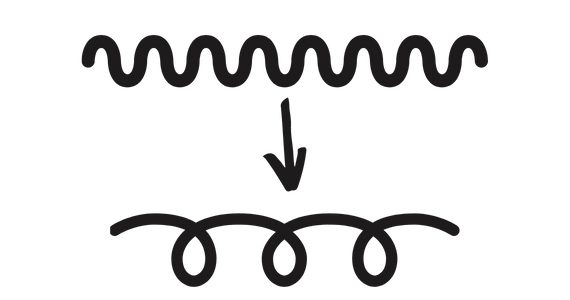
Can You Change Your Hair Type From Type 4 to Type 3?
Generally, it’s impossible to change your hair type from type 4 to type 3. Even with chemical treatments, your natural hair will still spring forth after the chemicals wear off. Despite this, your curl pattern can change due to certain factors. For example, type 4 hair stretches when it grows longer. This makes it look a lot more like type 3 curls.
So, even with other styles, your hair holds on to that stretched look. Other factors that can change your hair type include illness, medication, hormonal imbalances, and poor diet.
Why Is It Important To Know Your Hair Type? | 3 Reasons
Knowing your hair type is the key to getting the best out of your type 3 curly hair. Growing up, you might have only known hair types based on their shape: curly, straight, or coily. People with curly hair envied those with straight hair and vice versa. But as more people are tilting towards maintaining their natural hair, more attention has been placed on understanding hair types.
Here are some of the reasons why:

1- It is the key to healthy hair.
Healthy hair stems from a string of factors. At the top of this is a good understanding of your hair. Your hair can only be healthy if you understand its needs, like moisture requirements and how to handle it with care. And the best way to go about this is by knowing your hair type. By knowing your hair type, you learn about its level of thickness, density, and porosity, which goes a long way in promoting healthy hair.

2- It helps you find the best hair products.
People often complain about stunted growth or unhealthy hair, even after following the necessary steps. If you’re in this category, the issue might be with the type of products you’re using. For example, you can’t use all the same products for type 1 for type 3 hair. The moisture content in those products might not be strong enough to sustain your type 3 curls. Similarly, the products you’ll use for type 3 hair will differ from those for type 4 hair because their moisture requirements are also different.

3- It helps you know the best styles that complement your hair.
By knowing your hair type, you start to embrace your hair more instead of manipulating it so much to fit another hair type. For example, a high puff goes well with type 3 curly hair, and you can leave out some highly defined curls by using a good leave-in conditioner. Conversely, a sleek ponytail goes well with type 1 hair. It will also be much easier to achieve without much manipulation.
Is Type 3 Hair Suitable For Transplant?
Type 3 hair is suitable for hair transplant. In fact, this also applies to all hair types. However, this case comes into contention because it is more difficult to perform afro-textured hair transplant, and the same difficulty applies to people with type 3c hair. If you have this hair type, you might have to pick a clinic that is experieneced in working with your type of hair.
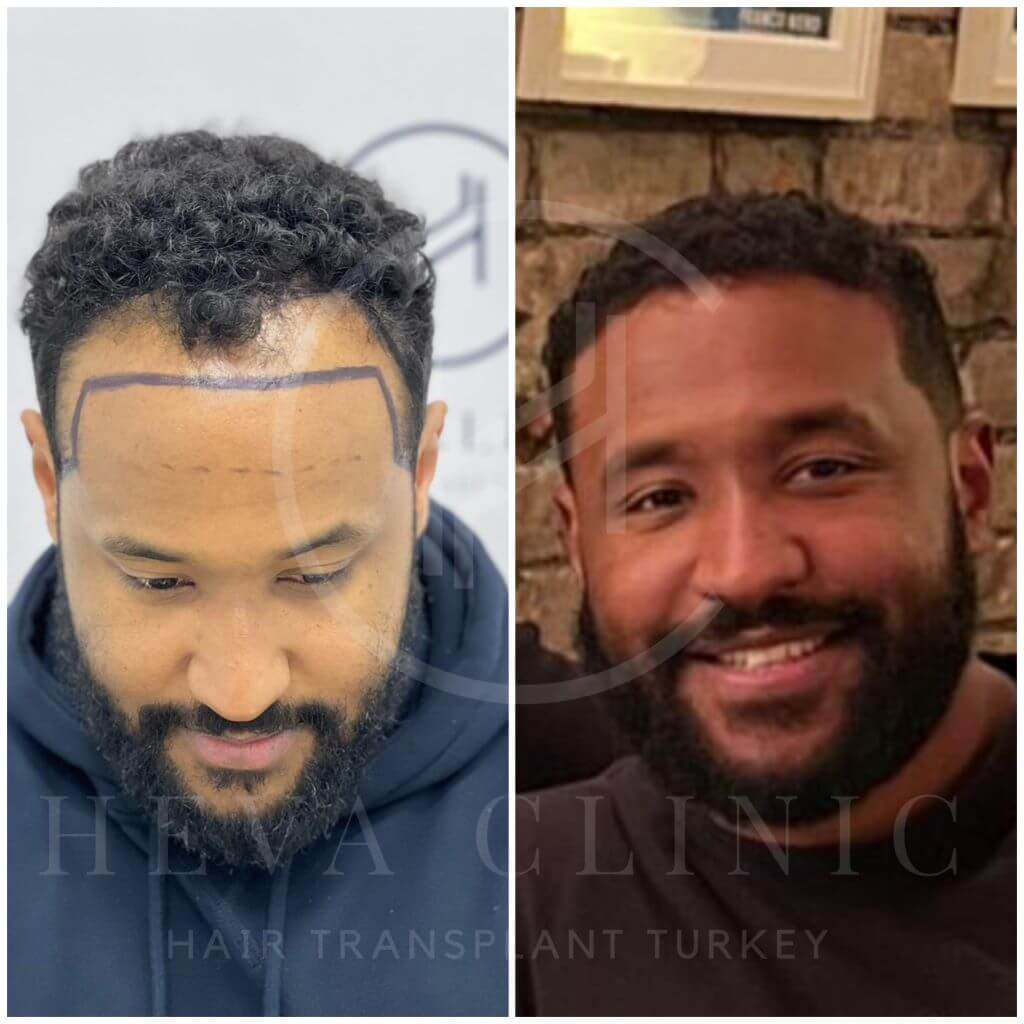
Takeaway
Curls are one of the most beautiful natural hair textures anyone can have. But they can easily go wrong if you don’t understand how to care of them properly. That’s why it’s important to know whether your hair is 3a, 3b, or 3c hair type. When you know your hair type, you should adopt hair care routines that are specific to it. That way, your curls will be the most lustrous they could ever be.

